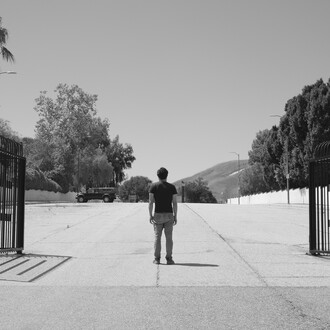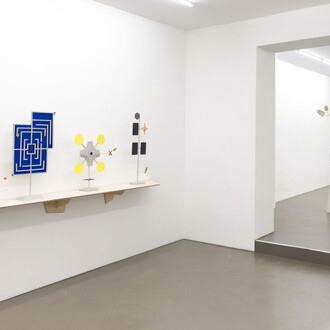People of all cultures have been fascinated by stars for millennia. Up in the heavens, they provide orientation, are interpreted by religions, and have a symbolic function in everyday life. This exhibition presents a broad spectrum of stars and the histories and meanings behind them, from ‘celestial globes’ depicting the constellations, the ‘brewer’s star’ and traditional ‘Polish stars’, through to modern design objects.
Stars are used in a whole range of fields, for example in artisanal production, in politics and in religion. In depictions of guardian angels, stars function as guiding stars and symbols of protection. In artisanal production, they can refer to a regional brewery, and are also popular among glaziers. The twelve stars of the European flag are interpreted as a symbol of the unity and diversity of the nations of Europe, while the red Soviet star stands for communism. The star of David is known as a symbol of Judaism, and in this exhibition can be seen on a Sabbath cloth. A star accompanied by a crescent moon symbolizes Islam. In Christianity, the ‘star of Bethlehem’ was responsible for showing the way to the birthplace of Jesus. For this reason, in Germany, the season of ‘earthly’ stars begins with Advent.
Illuminated stars of the Advent and Christmas period are a focus of the exhibition. Audiences are able to discover not just the Moravian or ‘Herrnhuter’ star, but also less well-known models, such as the ‘Sebnitzer’ or the ‘Hartensteiner’ stars. From the region of Małopolska in southern Poland, the ‘Gwiazda kolędnicza’ is also on display, a vibrantly coloured traditional star, the production and use of which is illustrated in short films.
The exhibition sheds light on the material diversity, production and context of the stars. Among the more than 80 objects, there are stars made of glass, wood, fabric, and of course, paper.
For families with children, the show also offers diverse formats for learning about stars. In guided tours and workshops, audiences can learn more about the exhibition themes and even make their own stars. A ‘starry path’ leads visitors to related objects in the MEK’s collection display Cultural Contacts: Living in Europe, and to the mechanical Weihnachtsberg.
















